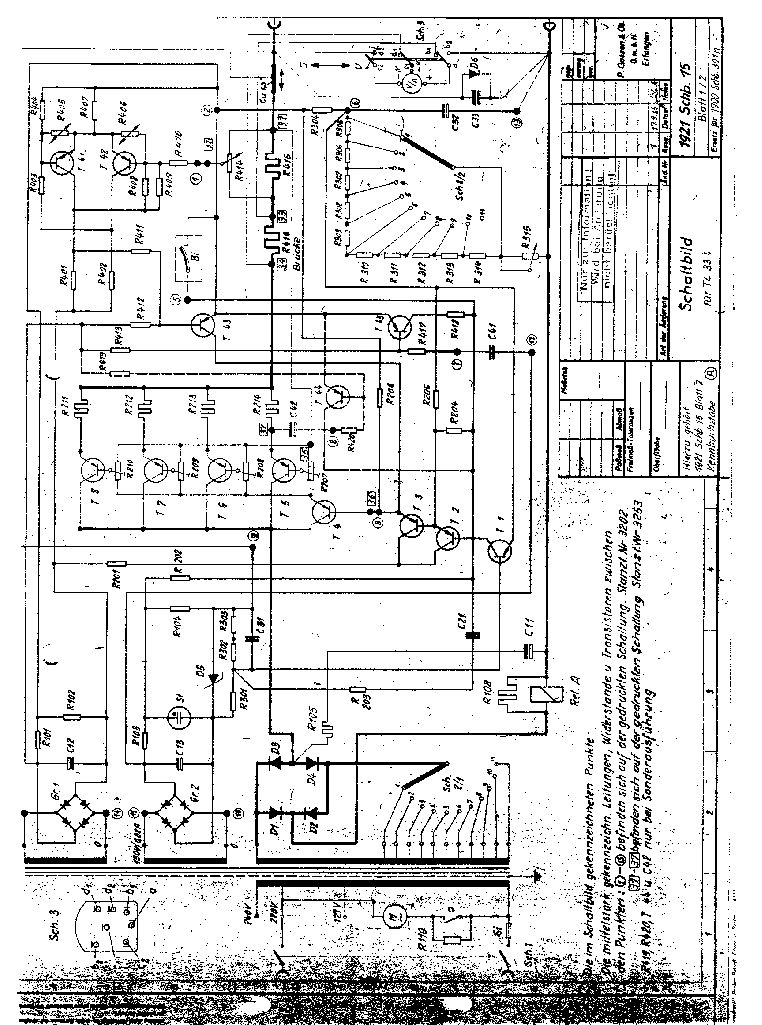Unigor 6e Manual
Posted : admin On 10.01.2020As a new generation I didn't even know that such things exist until I came cross to my Unigor meter. As I were searching an analog meter to my workbench I did have two options a bit broken Taylor and this one the price were the same:-), well I chose this FET thing as my teacher back then pointed out that it's not a typical pure analog meter.AVO did have at least one FET meter and then there is this Marconi TF-2650 aka Conway Masteranger.Well I thought it would be neat if forum members would post what FET (analog/hybrid) meters they have and some key information about them If they will. No tube meters, please.Well here is this my Unigor 6e made by Goerz Electro, Wien, AustriaRobust as it can be and precision is +-%1 of full-scale on all voltage and current ranges (some frequenzy error there is tho).Current A.C./D.C. 1uA - 3A (Burden voltage 1mV - 500mV)Voltage A.C./D.C. 1mV - 1kV (1MOhm - 10MOhm)I love it.:DPS.

Is the term 'burden voltage' in use in UK?russellwb28th Mar 2012 7:52 pm. Really nice looking meter you have there russel.
Those AVOs are certainly a space age technology.Yes choppers are welcome too I didn't even consider that there were non chopper FET meters (As I'm just in the beginning of my journey). My Unigor is a FET chopper too, but I don't know if there is some difference on between ranges, I haven't found the schematics and manual only says that it have chopper FET circuit with multiple feedbacks. I don't know how straight the AC readings are in frequenzy range, but not as much as these other seems to be, me thinks. Best on it is the level of protection.From manual:Glass fuse link 4AAutomatic cut-out; breaking capacity 2kW (max.
500V d.c.), 15kVa A.CSpark gap and neon limiterProtective diodesIt seems that I made a mistake on my first post the ohms should be Ohms/V below 10V range (Haven't never actually measured them, just trusted the table).FSD = 'Full Scale Deflection'?Just ordered Meratester aka Marconi TF-2650, couldn't resist.:- These are hooking, just last week found and bought AVO8 and now this.PS. These amplified meters both tubes and FETs are really suprising.
The best part is that after I did found out these pieces of measuring history I have started to think measuring in whole different level. That never happened with digital meters.PPS. This Unigor 6e doesn't like RF signals (cell phones etc.) either just makes it go haywire. Maybe none were taking seriously those spy shoe phones.Herald136028th Mar 2012 11:32 pm. Thank you herald and keresz for information (others too). I have original user manual for unigor, but the schema on it is somehow limited.I have now Meratronic Meratester (Made in Poland) aka Conway 369 aka Marconi TF-2650 IIRC.
Pretty neat apparatus I must say 100MOhm on all DC-voltage ranges, center zero on most scales, resistance scale up to 10GOhm, current 1,5 A - 0,15 uA (burden voltage 5mV and 50mV depending range), voltage 1500 V - 1,5 mV, with RF-probe frequency up to 1 GHz. The best part is that I have a user manual and service manual to it too.:)stuarth18th Apr 2012 3:51 pm.
Hello Folks, nice to finally join the forum after reading around for many, many years. Let's get to business: I am, as of today, the proud owner of a vintage Unigor 6e, which I got off a greek fellow who got it from a training academy. I took it apart and found out that the mechanical meter works, but that the electronics seem to have an eeker. The meter had some 'rough times', as it was obviously taken apart once for an exchange of one of the banana plugs (red instead of black).
After a few hours of cursing and getting help from el girlfriend, we now have the meter so far that it: a) reflects on battery capacity b) shows +inf when in resistor mode c) shows a zero-ish value in all other modes Our main issue is now - in addition to the non-zerping - this, that the meter always sees a 'phantom' resistance. So in the highest resistance measuring mode, we are always getting 200 kOhm, even if the clamps are perfectly open. We tested the resistance measuring mode by attachng an external voltmeter: all the lower ranges get the proscribed voltage, while the highest one is limited to 20% of it. When measuring the internal resistance of the voltmeter, by and large, the internal resistance looks good as seen from an ohmmeter attached across the Unigor under Test. Ideas, anyone? If yes, big thanks!
Good luck on your resurrection. (By the way, is there any link between this model and the Russian 4313/4315?
Unigor 6e Manual 2016
Logic the art of defining and reasoning pdf. The form factor is similar) I've recently restored my father multimeter (a French VOC 40 from the '70s that I've broke when I was 10 or so). I've deeply enjoyed the project, and the multimeter is now usable, but gee, current digital multimeters are so much better in many ways. The best characteristics is the AC response.

The meter is still able to measure AC (or at least, indicate something) at quite high frequencies (hundreds of KHz). Just in case, why we repair the Unigor: we also have a 34401A in the mail (used, badly battered but working unit). We want the Unigor for two reasons: a) If I am drunk, I tend to distrust most meters when measuring resistances from our badly battered decade (full of chaos). Unigors, being analog, are, um, 'more trustworthy' b, more importantly) The 6e is SUPER accurate, down to 1 yA and 1mV.
Thats why we have the little bugger: its insane accuracy allows us to use it as a 'shabbesgoy' for repairing other meters (HP, I am looking at you) and it can also be used on MSP430 circuits.